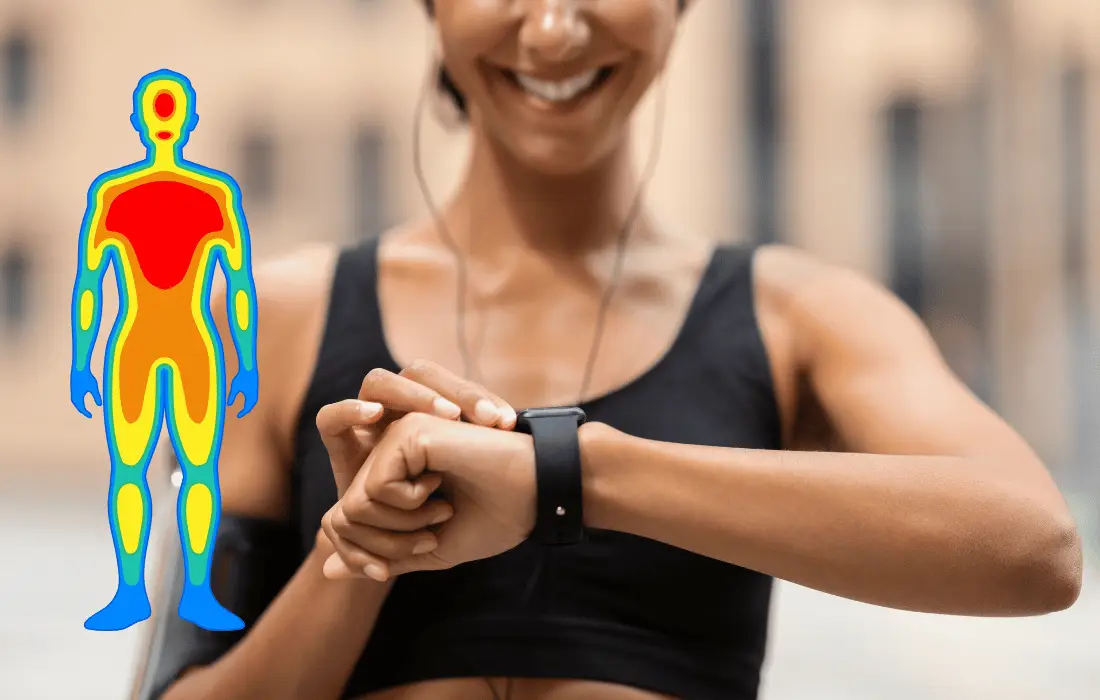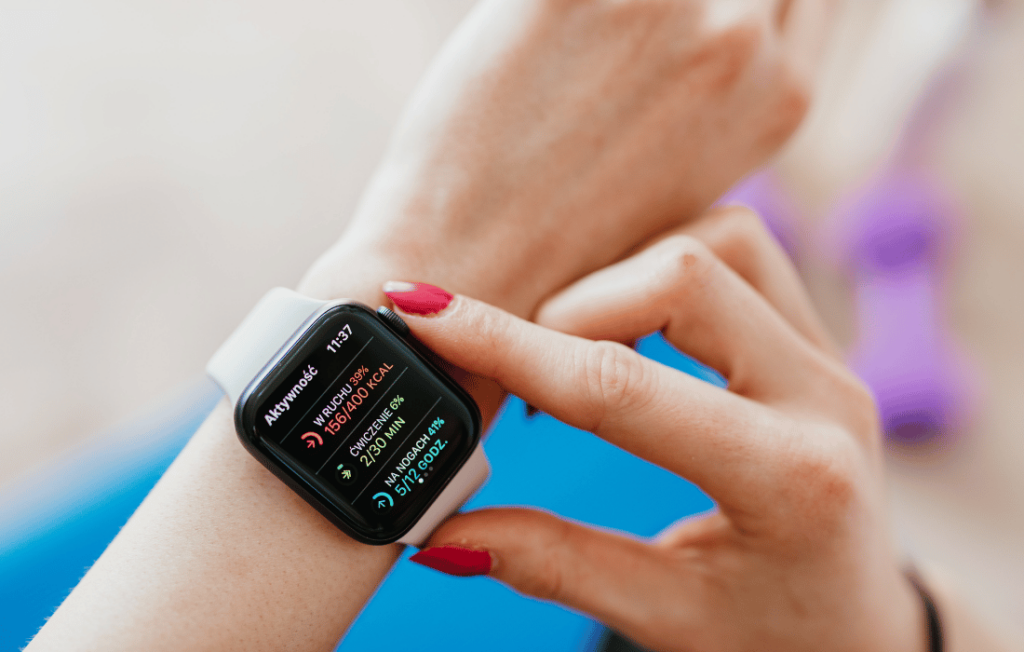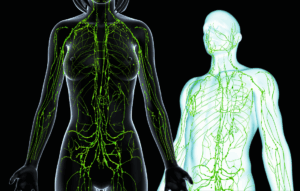Imagine a world where your smartwatch, fitness tracker, or even your clothing doesn’t require charging or batteries. Thanks to a groundbreaking innovation from Queensland University of Technology, that world is closer than ever. Researchers have developed an ultra-thin thermoelectric film that converts body heat into electricity, creating wearables that are not just smarter but also more sustainable. By eliminating the need for batteries, this innovation marks a significant leap forward in both technology and sustainability. Let’s dive into this revolutionary advancement and its potential to reshape health and wellness.
The Science Behind Body Heat Technology
Harnessing the Seebeck Effect
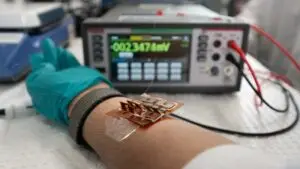
This innovative film uses the Seebeck effect, a process that converts temperature differences into electrical energy. By leveraging even the slightest difference between your body heat and the surrounding air, the film generates enough power to operate small electronic devices. At just 0.3mm thick, it’s flexible enough to be integrated into wearable tech, offering comfort and seamless functionality.
The Seebeck effect has been studied for decades, but its application in wearable technology is groundbreaking. The ability to convert human body heat into power without external energy sources aligns perfectly with the modern demand for sustainability and convenience. This innovation means wearables can operate continuously, reducing the need for frequent recharging or battery replacements—a game-changer in health monitoring and fitness tracking.
Advanced Materials and Manufacturing
The film is made from bismuth telluride crystals, a material known for its efficiency in converting heat to electricity. Researchers enhanced the film’s flexibility and scalability through methods like solvothermal synthesis and screen-printing, creating a cost-effective solution that can generate up to 35 microwatts per square centimeter. This innovation not only eliminates the need for disposable batteries but also opens doors for larger-scale applications.
Moreover, the advanced manufacturing process ensures scalability, making it possible to produce large sheets of the thermoelectric film at a low cost. This scalability is crucial for commercial viability and widespread adoption in the wearable tech market.
Practical Applications in Health and Wellness
1. Continuous Health Monitoring
Body heat-powered wearables are a game-changer for healthcare. Devices that monitor heart rate, temperature, or movement can now run continuously without needing battery replacements. For patients with chronic conditions, this ensures uninterrupted care and reduces the hassle of constant recharging.
These devices are particularly valuable in remote or resource-limited settings where access to reliable power sources is a challenge. Body heat-powered health monitors could significantly improve patient outcomes by providing consistent data without the need for external power.
2. Fitness and Lifestyle Integration
For fitness enthusiasts, these wearables mean smartwatches and trackers that never need to be plugged in. They’re sustainable, convenient, and better for the environment, offering a perfect blend of innovation and practicality.
Imagine fitness trackers that can monitor your steps, heart rate, and sleep patterns without ever requiring a charge. This not only saves time but also reduces electronic waste, aligning with the values of environmentally conscious consumers.
3. Smart Clothing for Wellness
The film’s flexibility allows it to be woven into fabrics, enabling clothing that can regulate temperature or monitor health metrics. Imagine a shirt that keeps you cool during workouts or tracks your vitals in real-time without additional gadgets.
Smart clothing powered by body heat has the potential to revolutionize not just fitness but also fields like military applications and occupational safety. Firefighters, for instance, could wear gear that monitors their body temperature and hydration levels in real-time.
4. Enhanced Device Performance
Beyond wearables, this technology can cool electronic chips in smartphones and computers, improving their efficiency and lifespan. It’s a win for both personal tech and the planet.
The integration of this technology into electronics could also lead to more compact and efficient devices. By managing heat more effectively, smartphones and laptops could perform better and last longer, reducing the frequency of replacements and repairs.
The Hidden Challenges: EMFs and Their Impact
While this technology is transformative, it’s important to address the potential risks associated with electromagnetic fields (EMFs). Wearables that rely on electronic components emit EMFs, and understanding the specific types and levels is crucial for holistic health.
Types of EMFs from Body Heat Wearables
Radiofrequency (RF) EMFs: These can arise from communication technologies like Bluetooth or NFC integrated into the device. While the power levels are generally low, prolonged skin contact may increase localized exposure.
Extremely Low Frequency (ELF) EMFs: Generated from the thermoelectric conversion process and the electronic components storing and transferring energy, ELF EMFs are usually weak but constant, contributing to cumulative exposure over time.
Levels of EMF Exposure
RF EMFs: Wearables emit low-power RF signals, often measured in microwatts to milliwatts. Although these levels comply with safety standards, the close contact with the skin can lead to higher localized absorption, which may have biological effects.
ELF EMFs: Typically in the nanotesla to microtesla range, ELF emissions are subtle but persistent. Long-term exposure to these fields, especially near sensitive areas like the wrist or chest, can potentially affect cellular processes and the nervous system.
Why These Levels Matter
The EMFs emitted by body heat wearables, while minimal, add to the overall electromagnetic load we encounter daily from devices like smartphones, laptops, and Wi-Fi routers. This cumulative exposure, also known as “electromagnetic smog,” has been linked to oxidative stress, inflammation, and hormonal disruptions, underscoring the need for mitigation strategies.
Localized and Systemic Effects
Because body heat wearables are worn directly on the skin, the localized exposure to EMFs is more pronounced. This can lead to specific areas of oxidative stress or hormonal interference, particularly in sensitive populations or those with pre-existing health conditions.
Aires Tech: Pioneering EMF Protection for Wearable Technology
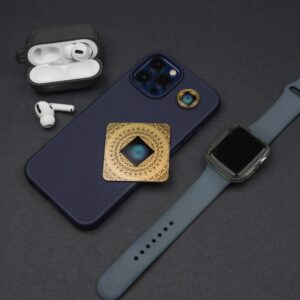
As wearables continue to evolve, addressing EMF exposure is critical, and Aires Tech is leading the way in this area. Aires Tech has developed cutting-edge solutions to harmonize electromagnetic frequencies and reduce their biological impact, providing users with a safer experience when using modern technology.
What Makes Aires Tech Unique?
Modulates EMFs: Aires Tech devices work by restructuring electromagnetic fields into biologically compatible waveforms, minimizing the oxidative stress caused by traditional EMF exposure.
Proven Effectiveness: Decades of peer-reviewed scientific studies have demonstrated Aires Tech’s ability to reduce oxidative stress, inflammation, and the harmful effects of EMFs on the nervous system.
Compact and Compatible Design: Their products are small, lightweight, and easily attachable to wearables, ensuring seamless integration without compromising the performance of your device.
Perfect for Wearable Tech Users
Whether you’re using fitness trackers, smartwatches, or health monitors, Aires Tech offers the perfect complement to protect your body while maximizing the benefits of innovative wearable technology. The Aires Lifetune Go or Lifetune Flex, for example, can be worn as a keychain or necklace on your person to neutralize harmful EMF exposure.
Other Solutions for EMF Safety
1. Grounding Practices
Spending time outdoors barefoot can help neutralize free radicals caused by EMF exposure. Grounding has been shown to reduce inflammation and improve energy levels, making it an excellent complement to wearable technology.
2. Mindful Device Usage
Rotating wearables between different areas of the body and limiting usage during rest periods can minimize localized exposure. Strategic placement of routers and other electronics can also lower cumulative EMF exposure.
3. Antioxidants
Incorporating antioxidant-rich foods or supplements into your diet can help combat the oxidative stress caused by EMF exposure. Antioxidants neutralize free radicals, reducing inflammation and protecting cellular health. Foods like berries, nuts, dark leafy greens, and supplements such as vitamin C or glutathione are excellent choices.
A Sustainable Future for Wellness Technology
Body heat technology isn’t just about innovation; it’s about creating a healthier, more sustainable future. By eliminating the need for disposable batteries and integrating seamlessly into our lives, these wearables embody the principles of holistic living. When paired with solutions like Aires Tech, they offer a safe, effective, and environmentally friendly way to embrace the future of wellness technology.
By addressing both the benefits and challenges of this technology, consumers can make informed decisions that align with their values and priorities. This holistic approach ensures that technological progress supports both personal and planetary health.
As we move toward a world of smarter, more integrated devices, it’s essential to balance innovation with mindfulness. Body heat-powered wearables promise a leap forward in sustainability and functionality, but their success relies on addressing hidden challenges like EMF exposure. By combining groundbreaking technology with thoughtful health practices, we can confidently step into a smarter, healthier, and more connected future.

